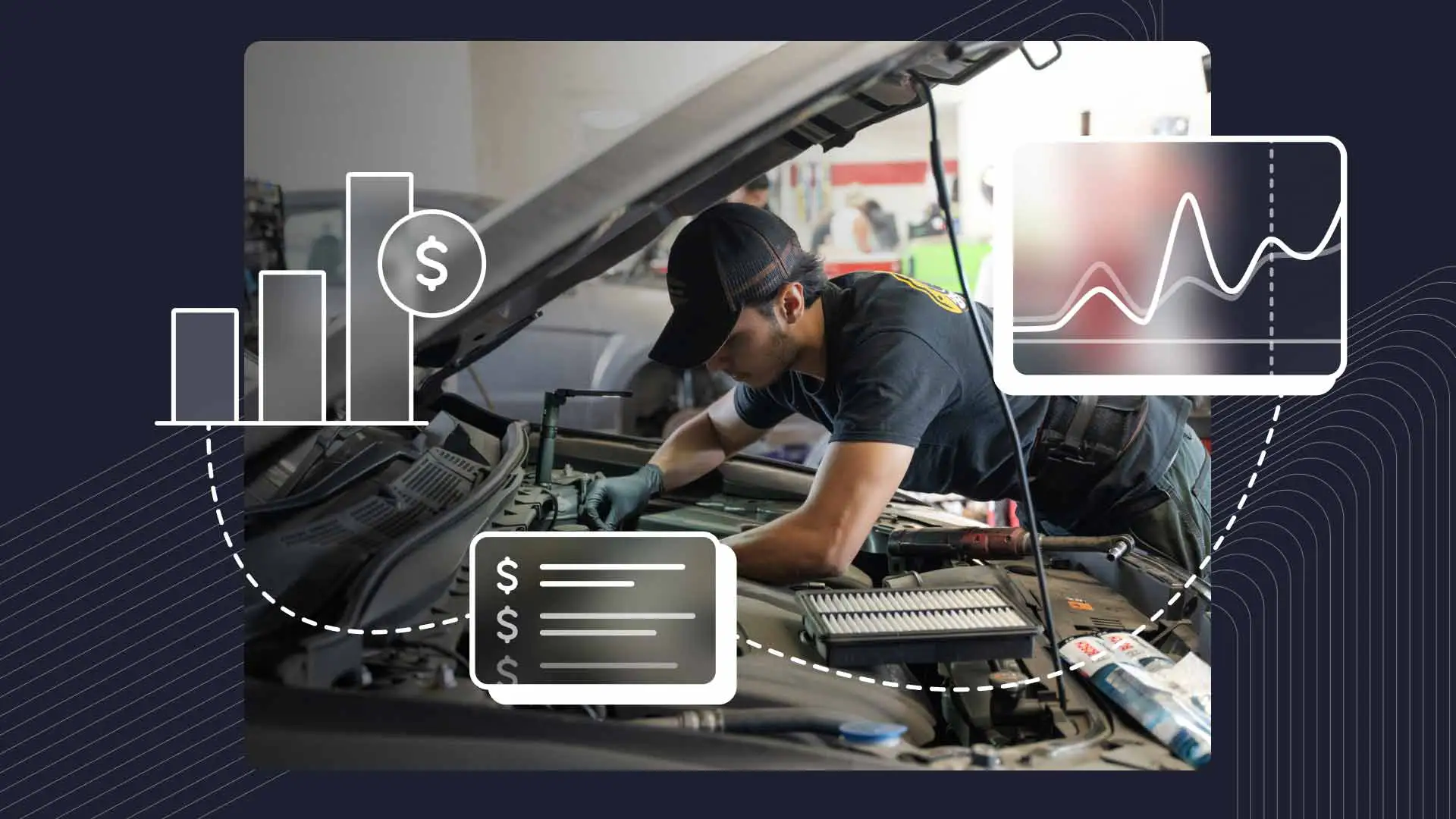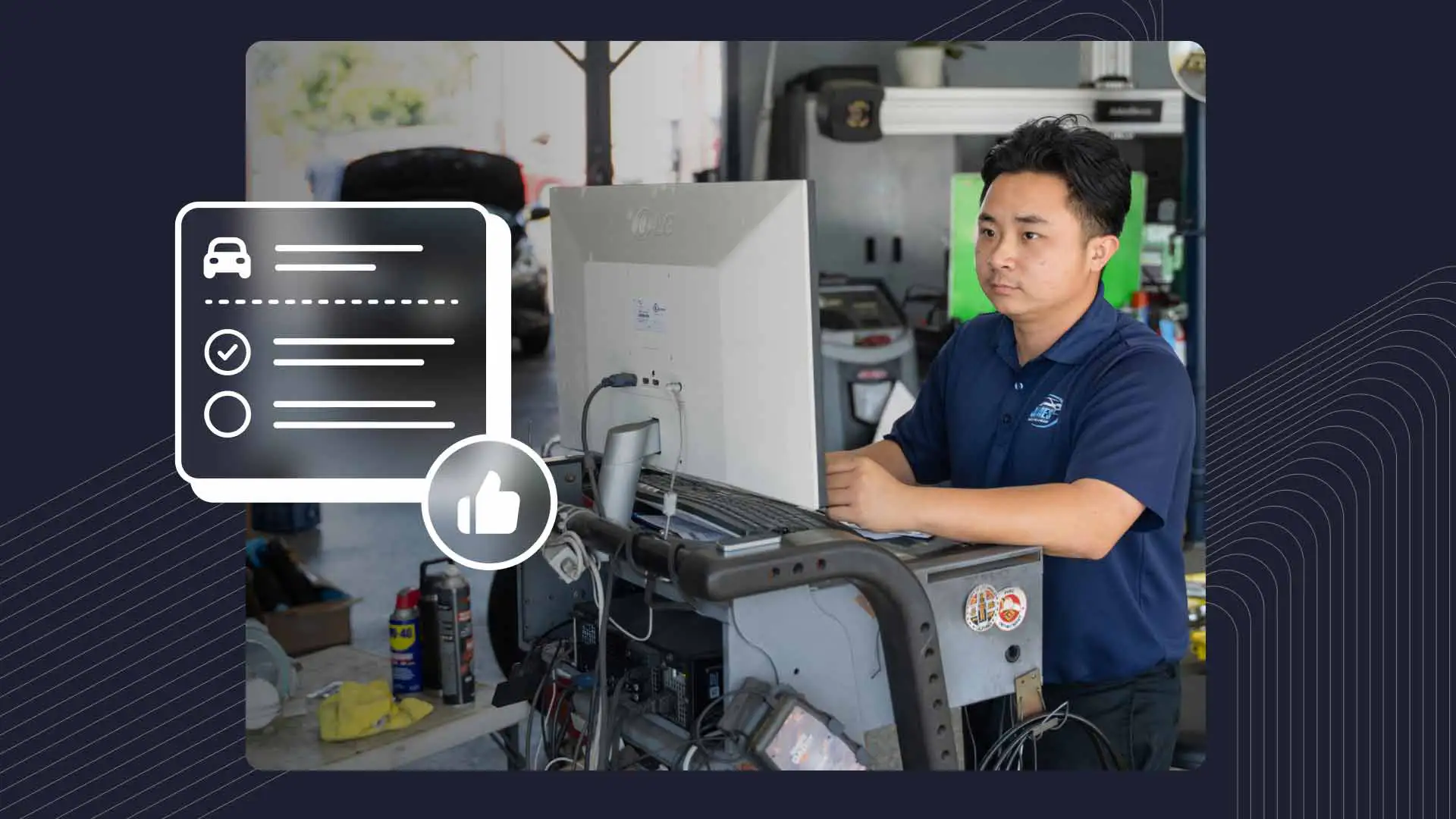A great auto repair shop is like a finely tuned engine, with each component working together in perfect harmony. If even a single part is off, it can throw the whole operation out of sync.
Along those lines, one key area of shop management that doesn’t always get the attention it deserves is making sure the parts you order match the parts you install, and that everything lines up with the repair order. This process, known as reconciliation, is more important than many people realize.
Simply put, staying on top of your parts inventory, repair jobs, and paperwork keeps your shop running smoothly, your profits protected, and your customers coming back. On the flipside, letting these areas slide can cost you time and money and lead to frustrated, unhappy customers. Let’s break down reconciliation, why it matters, and some best practices to help you manage it like a pro.
The Core Components of Reconciliation
Every good reconciliation process starts with a detailed parts order. Each order should include specific part numbers, clear descriptions to avoid any compatibility issues, the exact quantity needed for the job, complete supplier information, and order dates to make sure they arrive on time.
A well-documented auto repair order is just as important. This is like the blueprint for every job in your shop, and key elements include: customer and vehicle information (make, model, VIN, mileage, etc.), a description of the problem according to the customer, the services they’re requesting, any parts required for the work, and your anticipated labor costs.
This is also where we note that your repair order and parts order need to be in lockstep. If a part is listed on one form but not the other, it’s a clear sign that your reconciliation process needs a reboot.
Inventory management is another big piece of the puzzle. Knowing what parts are in stock, what’s already been used, and what needs to be ordered prevents you from overordering and helps avoid backups. If a technician assumes a part’s available when it isn’t, it can put a job on hold, waste valuable time, and create frustration for both the customer and the team.
The Business Impact of Reconciliation
Think of reconciliation as your financial backstop. Every time you order a part you don't need, install a part without charging for it, or lose track of something, you're letting money slip out the door. A good process protects your profit margins by making sure you charge correctly for every part that’s used. Otherwise, you could end up eating the cost of lost or unordered parts.
Reconciliation helps you keep better tabs on inventory, preventing stockouts that may push back repairs. It also lessens the chances of overstocking, which can tie up valuable capital on parts that aren’t being used. And, it helps cut down on lost or misplaced parts, so you don’t have to spend even more to replace them.
Customers expect a professional, drama-free experience whenever they take their car in for service. Proper reconciliation helps make sure the right parts are installed, preventing delays due to missing or incorrect parts. Staying organized keeps customers happy, which can translate to repeat business and referrals.
Another core benefit of reconciliation is efficiency. Shops just run smoother when technicians aren’t dealing with unnecessary interruptions or problems with ordering or installing the wrong parts. Instead of chasing down missing components or correcting mistakes, they can stay focused on their work–keeping the shop humming and cars moving through the bays.
There are also legal and ethical factors to consider. Having the right documentation is important for warranty claims and protecting your shop from potential liability. Plus, customers should always get what they paid for, and reconciliation proves that your shop runs an honest, no-shortcuts operation.
Best Practices for Effective Reconciliation
To get your reconciliation process on track, start by setting clear procedures. Document every step, from parts ordering to receiving to the installation itself. This helps reduce errors and keeps everyone on the same page. Just as important, make sure your team members know their role, whether it’s the service advisor writing up the repair order, the tech installing the parts, or the person managing inventory.
Modern technology is built for jobs like reconciliation, making it both faster and more accurate. Inventory management software, for example, can automatically track parts orders and stock levels, and even monitor repair orders in real-time, flagging inconsistencies before they become problems.
It’s also a good idea to conduct regular audits of parts orders, repair orders, and inventory levels to make sure everything matches up and there are no discrepancies. If you notice any patterns, there may be a flaw in your system that needs some attention.
Your reconciliation process is only as strong as the team running it, so you’ll want to spend some time training your staff. Everyone should understand why it’s important and how to follow the steps you’ve laid out. And, encourage open communication between techs, parts personnel, and service advisors so nothing gets missed. Finally, set aside time for physical inventory checks to make sure everything matches your records. Doing this regularly can help catch lost, stolen, or misplaced parts early on.
Inventory Tracking Like a Boss
Reconciling parts orders with repair orders may not be the most thrilling activity, but it’s incredibly important to a well-run shop. The time and effort you put into improving your process will pay off with less waste, happier customers, and healthier profit margins.
Plus, having a strong system in place makes it easier to handle things like backordered parts, a wrong order, or a mismatch between your parts and repair orders. When issues are the exception and not the rule, they’re much easier to manage with proper planning, communication, and documentation.
For streamlining tasks like parts ordering, inventory tracking, and much more, Shopmonkey’s all-in-one auto parts inventory management software puts you in the driver’s seat. Request a demo today and see what a difference the right tools can make!




